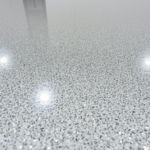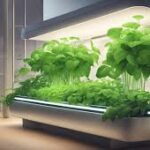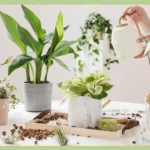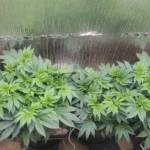Contemporary Floral Designs: Elevate Your Space
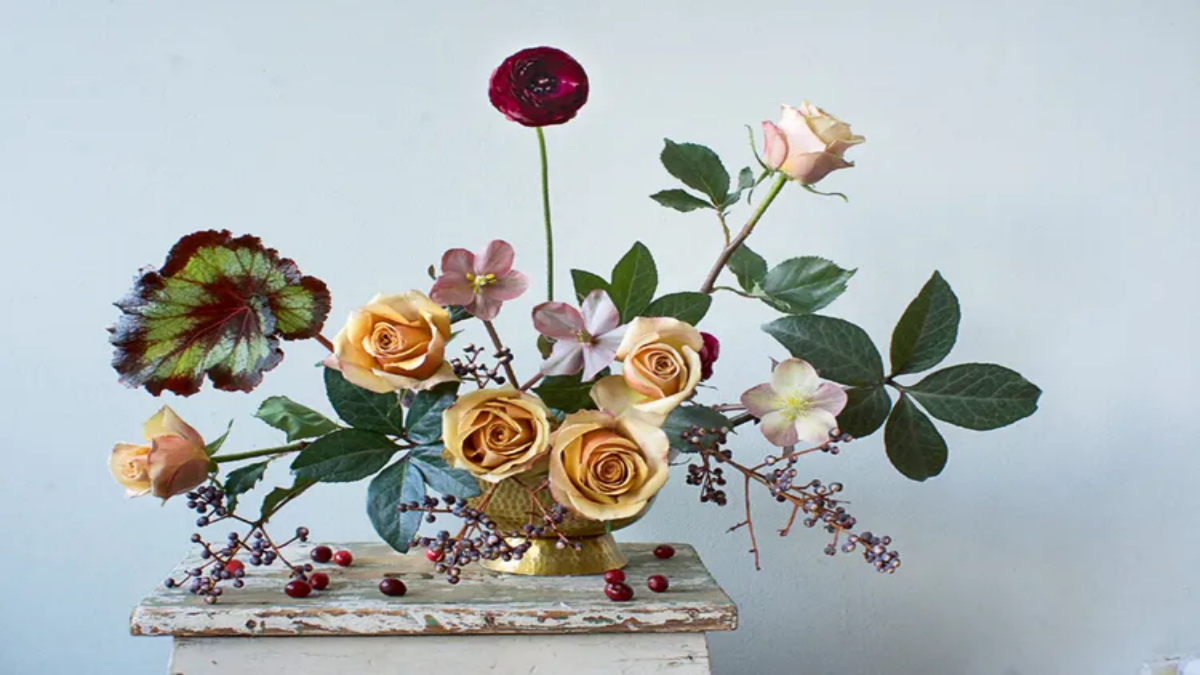
Explore the fresh, minimalist beauty of contemporary floral designs, perfect for the modern home. Get inspired! Introduction: Contemporary Floral Designs Say goodbye to fussy, traditional floral arrangements and hello to the sleek sophistication of contemporary floral designs! This style embraces ...
Read more
The Beauty of Artificial Rose Flowers
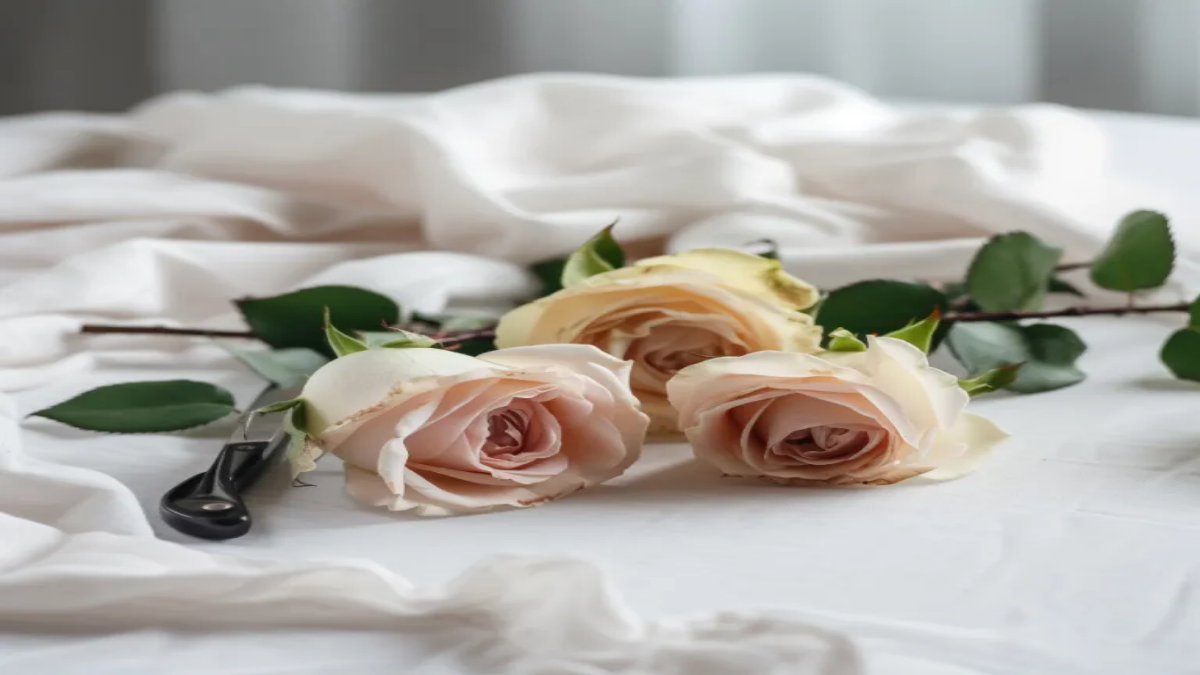
Discover the allure of artificial rose flowers. Explore the beauty, versatility, and longevity of these stunning floral decorations. Introduction: Artificial rose flowers have become a popular choice for decorating homes, events, and special occasions. Their lifelike appearance, durability, and low ...
Read more



